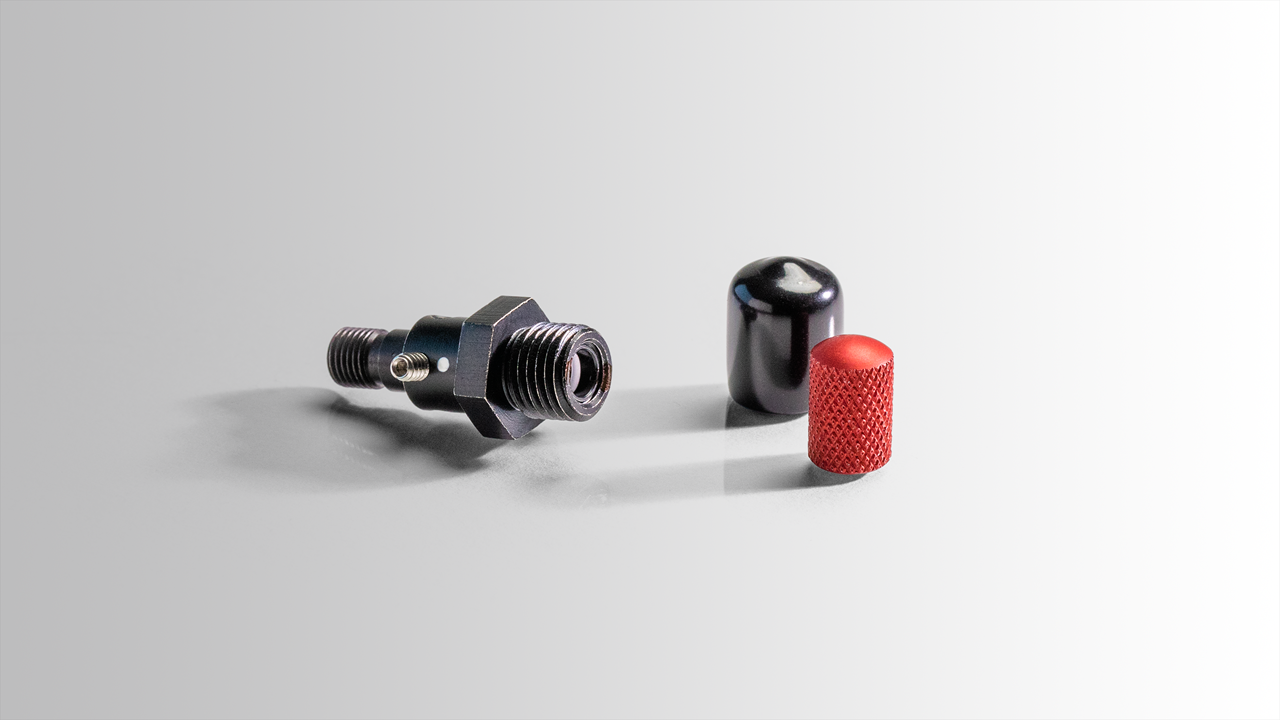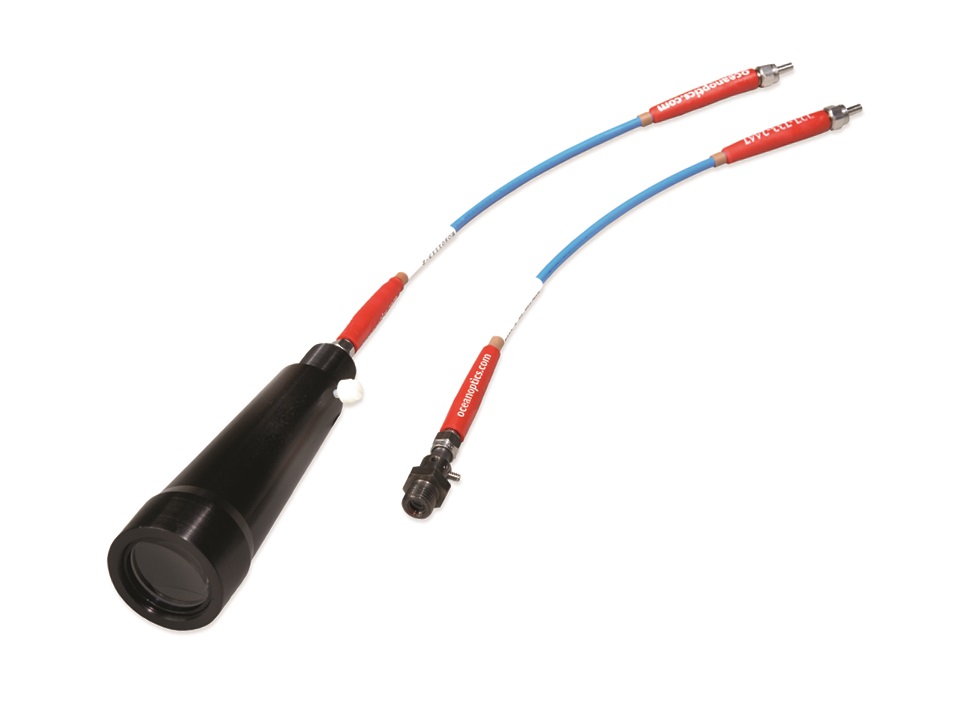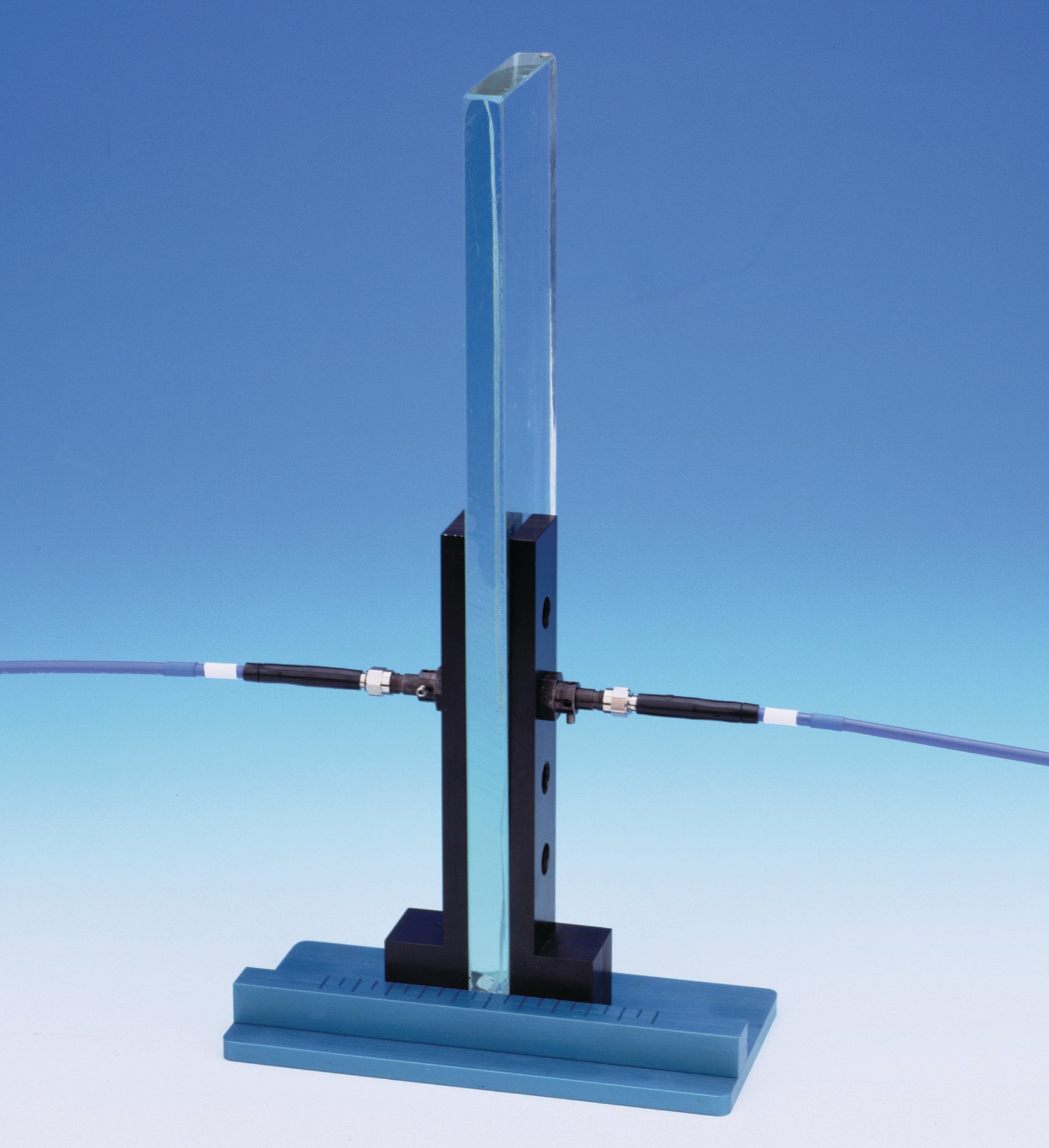Subscribe to Our Blog
Receive updates from our team as we share application notes, customer spotlights, educational tools, spectroscopy how-to’s, and more.

Collimating lenses are curved optical lenses that make parallel the light rays that enter your spectrometer setup. These lenses allow users to control the field of view, collection efficiency and spatial resolution of their setups, and to configure illumination and collection angles for sampling.
 Figure 1. With a collimating lens, users can control the field of view (FOV) of the light entering a sample or spectrometer from near 0° to 45°.
Figure 1. With a collimating lens, users can control the field of view (FOV) of the light entering a sample or spectrometer from near 0° to 45°.
In simplest terms, collimation ensures that light rays travel parallel to each other and don’t disperse in unwanted directions (Figure 1).
Both single and achromatic collimating lens options are available, with your choice of wavelength range and focal length.
Ocean Optics collimating lenses can be used in free space optics, in which light energy is collected from open beams and surfaces and directed to the spectrometer, or can be attached to optical fibers (Figure 2) or integrated into sampling accessories. Most lenses have an inner barrel threaded for SMA 905 connectors. The inner barrel slides relative to the lens fixture for adjusting the focus; a setscrew secures the barrel.
 Figure 2. Collimating lenses screw on to the end of SMA 905-terminated optical fibers. The lens at left (84-UV-25) is best for applications collimating light at long distances in open air.
Figure 2. Collimating lenses screw on to the end of SMA 905-terminated optical fibers. The lens at left (84-UV-25) is best for applications collimating light at long distances in open air.
For certain techniques, collimated light must enter a sample, pass through it, and then be transmitted to the spectrometer at the other side. Cuvette holders and other fixtures (Figure 3) are examples of this type of configuration for collimating lenses. In these instances, collimating lenses are attached to the fiber from the light source and from the fiber to the spectrometer.
 Figure 3. In this setup, collimating lenses attached to optical fibers flank a solid glass sample.
Figure 3. In this setup, collimating lenses attached to optical fibers flank a solid glass sample.
Here are some frequently asked questions about collimating lenses:
For a point source, near-collimation can be assumed, so the beam will be the “clear” aperture of the lens. If a fiber is attached to the lens, the divergence angle can be calculated depending on the height of the fiber. This information allows you to calculate the spot size at a distance.
Tan(Theta) = (Height of fiber)/(Focal Length)
Focal Length = Height of fiber = (1/2)*core diameter
Theta = divergence angle
The divergence (a) of a beam focused using a single lens is tan(a) = d/f where f is the focal length of the lens and d is the aperture or fiber diameter. Our standard (74-series) collimating lenses have 10 mm focal length and 5 mm diameter.
Our fibers have FOV of ~25°. Collimating lenses are adjustable, allowing the user to establish FOV angles from near total collimation (~0°) to ~45°.
An achromatic doublet like our 74-ACR comprises two lenses and greatly reduces chromatic aberrations. The result is a consistent FOV for the sampling setup, where “contamination” of the spectrum caused by wavelengths outside the optimal FOV is eliminated. Applications including absolute irradiance may benefit most from the use of achromatic lenses.
The standard 74-VIS lenses are BK7 glass and achromatic 74-ACR lenses are BaF10 and FD10 fused silica. All other collimating lenses use Dynasil or Suprasil fused silica. Lens barrels are anodized aluminum.
Options available
Collimating Lenses allow users to control the field of view, collection efficiency and spatial resolution of their setup, and to configure illumination and collection angles for sampling.
Prices From $287.00
Options available
SMA 905 Connectors
Prices From $229.00
Offering invaluable tech tips to support you in your pursuits for a new discovery.
Featuring real-time, in situ solutions for the field, for use in the lab or on the line, or integrated into other measurement devices.
Helping you sort through spectroscopy and science terms, from aberration to wavelength range.

Receive updates from our team as we share application notes, customer spotlights, educational tools, spectroscopy how-to’s, and more.